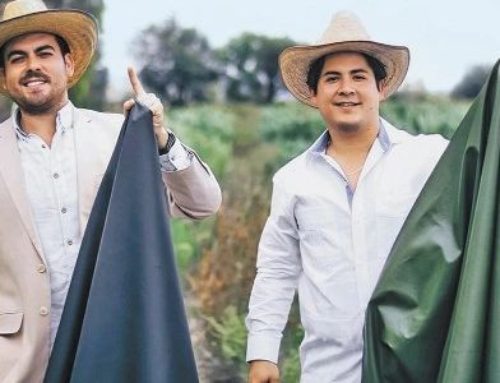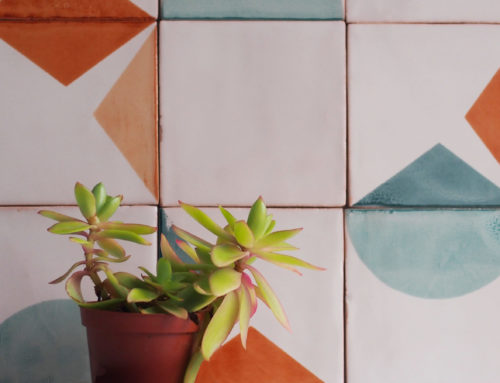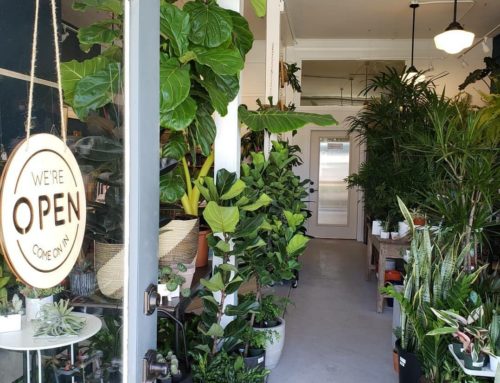The Makers Behind the Pollack Makers Collection
by Alden Miller | October 24, 2013 | Noteworthy
The Stories Behind A Fabric
As I’ve mentioned before, I love the process, story, and history of craft. One love in this regard is print-making, inspired by a class I took long before I went to design school. What I love about printmaking is the same thing I love about hand-drafting design ideas. You work with and touch real, mechanical, 3-dimensional tools to produce 2-dimensional work (o.k. yes, when drafting the end result is again 3-D, but I think of the design drawings as art in themselves). With printmaking you carve into wood blocks or heated linoleum, roll ink on the surface, and run it through a large press with a strong metal crank. There is so much action to create something that then stands still.
I find a similar beauty in fabric. Fabric is flat, rolled, folded or pulled tightly over a chair frame. It is somewhere in between; a bridge between 3-D and 2-D. But like a print or a draft the material it is made from brings character and life to the object. With the thickness of the thread or the way the weave is implemented, the fabric designer and weaver bring these elements into the fabric.
Earlier this month I was at DeSousa Hughes in the SF Design Center for Rachael Dorris’s presentation of Pollack fall fabrics called The Makers Collection. One of the reasons I like to go to these events, besides seeing what is new and current for available textiles, is that I like to hear the story behind the design of the fabric and the choices in fibers. This collection was all about the story.
Rachel Doriss collaborated to create a collection that takes the idea of the craft and creator behind the object to a whole other level. The origins of this collection came from five artists and five distinctly different crafty mediums, translated into the medium of fabric.
The Makers Behind the Makers Collection

Ceramicist Nathan Craven
Nathan works in extruded ceramics which he stacks to form walls of pattern. The playful shapes are reminiscent of a process best understood by comparing it to squeezing play dough through the play dough machine. However these unique and playful shapes make dramatic forms in the walls and floors he creates.
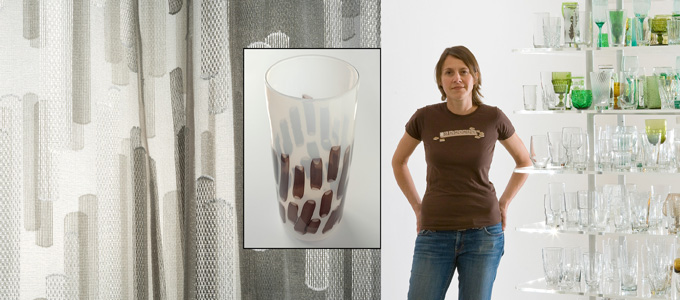
Glass Blower Katherine Gray
I like the statement on Katherine’s website that says she likes “to make visible the invisible.” It’s fitting that one of the fabrics created was a casement fabric for curtains. When you want your window fabrics to filter the light they should be there and be beautiful, functional like a glass or pitcher. But much of the time your want the view from the window to be the focus, just as the drink is the focus with a pitcher. But the pitcher (seemingly in the background) is as much part of the experience as the drink.
 Wood Worker Matthias Pliessnig
Wood Worker Matthias Pliessnig
Matthias’s art form grew from boat building. He would bend wood and then take it into the water. The water would be still, and the front of the boat parting the water would be a moment of chaos breaking into that tranquility, and then join back together again on the other side. His work is impressive. I like how the kinetic energy of the bent wood is visible in the otherwise stillness of his pieces.
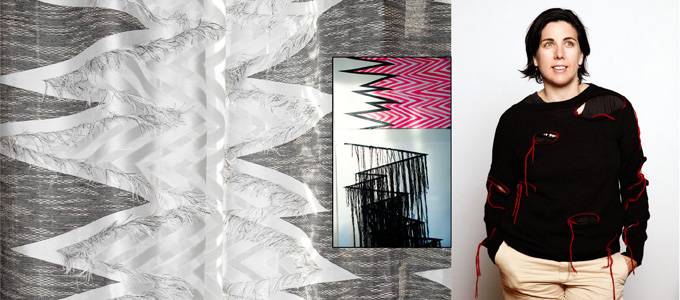 Knitter Liz Collins
Knitter Liz Collins
Collins’ practice is driven by the material and the process, focusing on the fabric she makes, manipulates, and embellishes. Motivated by the act and history of knitting itself (one richly intertwined with gender and labor), she takes inspiration from the internal and external architecture of the human body. Although she draws viewers to her apparel designs and her performances with their apparent chaos, they are tightly structured and technically rigorous at the core, held together by carefully interrelated, fixed elements.
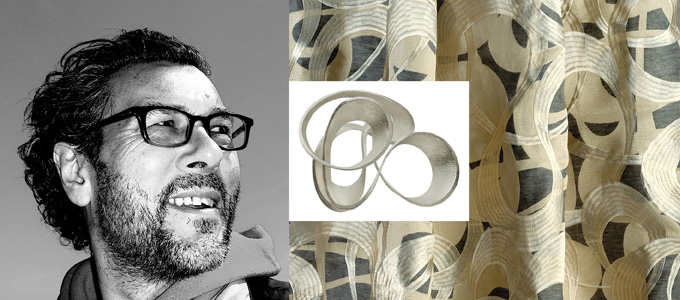
Metalsmith Klaus Burgel
It was interesting to hear Rachel talk about the characteristics in fibers that drive her choices of what to use when she designs fabrics. Independently she explained the same value in the type of metal that Klaus sees when he chooses what type of metal to use in his pieces. It is the metal that speaks to him and gives him inspiration. He explained it as a tiger in a cage; sometimes it is tired and sometimes it is frustrated but it is always impressive. When Klaus starts a design he begins with a line. He then uses metal to bring that line to life.
Here’s a video about some of the thoughts behind their process





